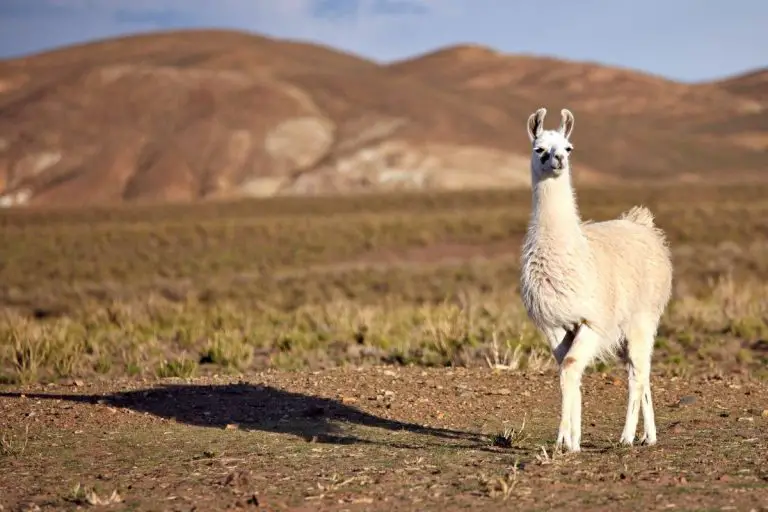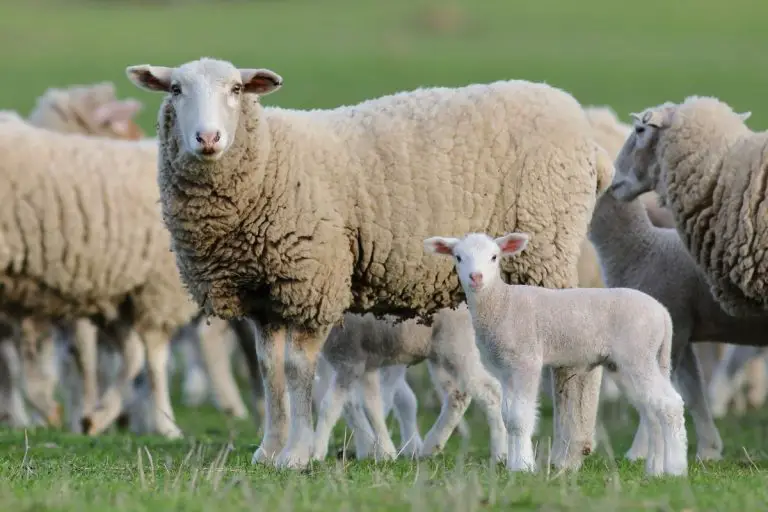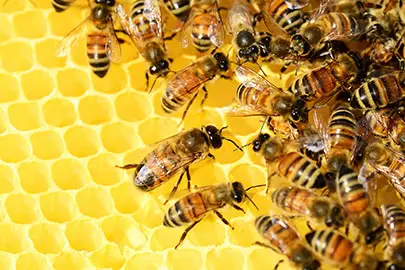8 Keys Differences Between Python And Cobra
Pythons and cobras are two well-known snakes species. But do you know their differences? That’s what we’ll see in this article.
The main difference between cobras and pythons is their weight. A Python can weigh up to 200 pounds, while a cobra will not exceed 20 pounds. Cobra are also easily recognizable with the hood that extends around their face.
But they also many other differences, like their appearance, attacking style and overall behaviors. Keep reading to learn more about these two snakes.
Attacking Style
The best place to start is by looking at the types of weapons that each animal has at its disposal.
Cobra: Striking Attack

The Cobra has a few tools that they frequently use to their advantage. These are:
- Speed. Cobras have powerful bodies, which allows them to strike their victims quickly.
- Poison. While the bite of a cobra is bad, it isn’t what kills its victims. It’s the toxin that can prove fatal. This is one of the fastest-acting poisons in the world, as they release an ounce of toxin into their victims. To put this into perspective, it will be enough to kill an elephant. There aren’t many animals that have natural immunity. It’s estimated that the poison can kill a human within half an hour.
Before the attack, the cobra will stand on its tail and extend its hood. The cobra has been known to strike up to four feet (1.2 meters) away.
Python: Suffocation
The python prefers to suffocate their prey. They move slowly, trapping their victims within their grasp. Because of this, they will be slower and more patient than a cobra. When they have their prey where they want them, they will start to constrict their chest and neck.
By doing this, they will be able to force the air out of their lungs. Though grim, the death will be mercifully fast. When attacking a human, the python will bite around the neck. They will then use their coil to stop the lungs from bringing in any more oxygen. This also stops the blood from circulating in the body, causing brain death. If you have been the victim of a python attack, you can be dead in less than a minute.
However, the next stage of this grisly process won’t be so fast. The python still needs to digest its prey. Their hinged jaw allows them to swallow their victim whole. From there, the stomach acids will work to break down the body.
Type of Prey
Now that the more gruesome stuff is out of the way, let’s look at the type of prey that each species will target. Generally, a cobra will stick to smaller targets. They tend to focus on other cold-blooded creatures. Though they might target smaller mammals as well. This includes animals like:
- Lizards
- Frogs
- Mongeese
- Birds
- Other snake species
While the cobra tends to stick to smaller animals, this isn’t the case with the python. They tend to target larger mammals. This has been known to include humans. Some of the other things that they might eat include:
- Pigs
- Antelopes
- Wallabies
- Monkeys
- Birds
- Mice
There have even been instances where leopards have been found in a python’s stomach. When it comes to dining, they aren’t the most discerning customers.
Size and Weight
The next thing to consider is the size of the snakes. Both of these tend to be fairly large species. The King Cobra will tend to grow to between 12 to 18 feet long. The bigger snakes will be able to tip the scales at 20 pounds (9 kilograms).
On the other hand, a python can grow to be 20 feet. However, the starkest difference is in the weight of the snake. A heavy python will be able to weigh in at 200 pounds.
Shape and Markings
The next thing to consider is the shape of these snakes. As you can imagine, there are a few key differences in this area, owing to the differences in the way they hunt. The cobra needs to be fast, striking quickly at their prey.
Because of this, they tend to have a slim body. They are best known for the hood that extends around their face. This is a defensive technique. When they extend their hood, it makes them look larger. This is often enough to stop other species from attacking them.
The cobra can be seen with a range of marking colors. Some of the most common are:
- Brown
- Green
- Yellow
- Tan

On the other hand, the python constricts its victims. Because of this, they need to have a thicker, muscular body. Often, they will have a patchwork coloration pattern. There are a few colors that they might feature. The most common options are:
- Brown
- Tan
- Black
Locations Where They Are Found
The cobra is isolated to South and Southeast Asia. In many cases, they prefer to be in the humid environment of the jungles. But there have been cases where they have been in more densely populated cities.
On the other hand, pythons are found on a few continents. This includes:
- Asia
- Australia
- Africa
It should also be noted that the Python has become a popular pet species since they lack venom. But you still need to pay attention. If they get out of the cage, they have been known to kill their owners.
Reproducing
The next thing to consider is how each species reproduces. The python makes a shallow nest to lay its eggs in. Depending on the species, they will lay between six to 100 eggs. Something that sets them apart from other snakes, though, is that they will stay with their eggs until they hatch.
The cobra will also lay eggs. Their nest will typically be made from other animals’ burrows. If not, they will use natural elements like trees and rocks for protection. Typically, the cobras will lay between 20 to 40 eggs during the breeding season.
Behaviors
We also need to think about the way that the snakes will act in their natural habitat. The cobra is known for its speed. It achieves this by moving in a wave pattern. When they reach a target, they will raise themselves on a coiled tail and extend their hood. Then, they will attack with lethal accuracy.
It should be noted that cobras aren’t an aggressive species. If they feel threatened, they will bite and kill larger animals, like humans. But most of the time, they will try to get out of the area first.
There are a few ways that cobra and python will be able to evade predators. This includes:
- Climbing trees
- Swimming, though pythons are more confident in the water than cobras
- Attacking
Unlike cobras, though, pythons are more opportunistic hunters. They are multiple reports of them attacking humans, mostly hunters. Thankfully, a knife or shotgun can free them from the snake’s clutches before they have a chance to kill.
Lifespan
Both of these species will live longer than the average snake species. Typically, snakes only live for 10 years. But the cobra can live for around 20 years in the wild.
In the wild, pythons will only live for around 10 years. But in captivity, they will be able to enjoy a much longer life. On average, they will live for around 30 years. In some cases, they have even been known to live for over 50 years.
Comparison Table
Here’s a quick reminder of the main differences between pythons and cobras.
| Python | Cobra | |
| Attacking Style | They will coil around their victims, suffocating them. | This snake uses their speed to strike victims, depositing its venom. |
| Type of Prey | Mammals and larger species. They have been known to attack humans | Cold-blooded species, including other snakes. Their prey tends to be fairly small. |
| Size and Weight | The pythons are larger, stretching for 20 feet and weighing 200 pounds. | Cobras can get to 18 feet long and can weigh in at 20 pounds. |
| Shape | They tend to have a larger body, with more muscle. | Their body tends to be slimmer. The cobra also has a hood, for intimidating other species. |
| Markings | They can be brown, tan, or black. | They can be brown, yellow, green, or tan. |
| Where They Are Found | They can be found in Asia, Australia, and Africa | Mostly limited to Asia |
| Number of Eggs | Between six and 100, depending on the species | Between 20 to 40 |
| Aggressiveness | Known to attack humans unprovoked | Normally avoid humans, but will attack if threatened |
| Lifespan | 10 years in the wild, 20 to 30 in captivity | 20 years in the wild |






